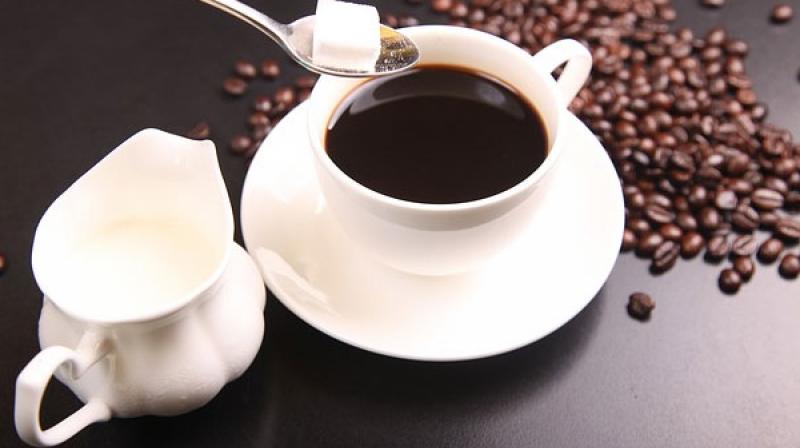London: Drinking three or more cups of caffeinated coffee a day may reduce the risk of prostate cancer by more than 50 per cent, a new Italian study claims. The study sheds light on the role of coffee prepared the Italian way, and specifically caffeine, in relation to prostate cancer.
Italians prepare their coffee rigorously, under high pressure, with very high water temperature and without filters. About 7,000 men who participated in the study were observed for four years on average. “By analysing their coffee consumption habits and comparing them with prostate cancer cases occurring over time,
we saw a net reduction of risk, 53 per cent, in those who drank more than three cups a day,” said George Pounis, researcher at IRCCS Neuromed – Mediterranean Neurological Institute in Italy.
The researchers confirmed the results by testing the action of coffee extracts on prostate cancer cells in laboratory studies. They tested both caffeinated and decaffeinated varieties. Only caffeinated coffee extracts significantly reduced cancer cell proliferation and metastasization. This effect was not observed with decaf, researchers wrote in the study published in the International Journal of Cancer.
“The observations on cancer cells allow us to say that the beneficial effect observed among the 7,000 participants is most likely due to caffeine, rather than to the many other substances contained in coffee,” said Maria Benedetta Donati,
head of the Laboratory of Translational Medicine in Italy.
“We should keep in mind that the study is conducted on a central Italian population. They prepare coffee rigorously, the Italian way: high pressure, very high water temperature and with no filters,” said Licia Iacoviello, head of the
Molecular and Nutritional Epidemiology Laboratory at IRCCS Neuromed.
“This method, different from those followed in other areas of the world, could lead to a higher concentration of bioactive substances,” said Iacoviello.




 Driving Naari Programme launched in Chandigarh
Driving Naari Programme launched in Chandigarh































